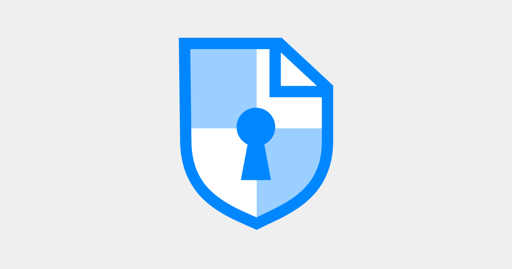

Each Lemmy server contains a user database, explicit federations with other Lemmy servers, and communities. Plebbit sounds like each instance is a self contained community instead of being hosted on an overarching server with other communities. And the Plebbit communities are hosted via BitTorrent style decentralized seeding.






How is the hosting changed when needed (e.g., a different IPFS address)? What happens in a coordinated attack by someone with 51% of the seeds, can they overwrite all of the content? Is there any cryptographic way to ensure the content hasn’t been maliciously altered?